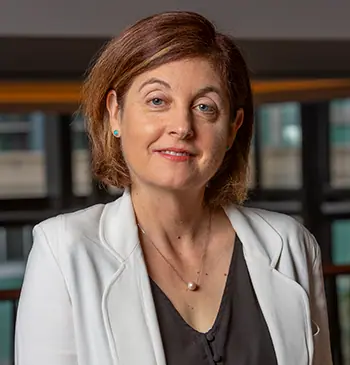
Two banks tell different tales. The case of Premier American Bank and Cole Taylor Bank.
Would you rather be Mark Hoppe, the chief executive officer of a Chicago-area bank struggling under the weight of bad residential construction and development loans, charged with refocusing the bank on an entirely new strategy?
Or how about Daniel Healy, the chief executive officer of Premier American Bank in Miami, who has raised $700 million in the last few years, mostly from institutional investors interested in buying failed banks from the FDIC?
The two laid out their strategies and challenges to a crowd at Bank Director’s Acquire or Be Acquired Conference in Scottsdale, Arizona this week, giving two very different scenarios of banking in a downturn.
“(Healy) is definitely one of the haves, not the have nots,’’ said Robert Monroe, an attorney for Stinson Morrison Hecker in Kansas City, Missouri, who was in the crowd.
Healy’s biggest challenge is making good use of all his cash. He has an ambitious plan of going public in the second quarter of this year.
His bank holding company, Bond Street Holdings, was chartered in October of 2009 by the Office of the Comptroller of the Currency. It was founded primarily to buy failed banks, but also to negotiate traditional acquisitions. It bought Premier American Bank in Miami and later, Florida Community Bank and Peninsula Bank, all of them taken over by regulators as they sunk under the weight of the real estate market in Florida.
The bank now has $2.5 billion in assets, $2.1 billion in deposits, 350 employees and 28 branches in South Florida. And it’s still looking for banks to buy. Since Bond Street Holdings was founded in late 2009, many competitors have entered the market for FDIC deals. The agency has realized it doesn’t have to give as good a deal anymore to acquirers, Healy said.
“The pricing on these transactions has gotten very key,’’ he said. “But it’s still a good deal.”
A lot of banks don’t want to compete anymore for FDIC-assisted deals, though.
It’s hard to go up against all the institutional money flowing into companies like Bond Street Holdings.
Instead, a lot of bankers are in the position of Mark Hoppe, trying to execute a totally new strategy for an institution hurt by the crash in the real estate market.
Hoppe left Bank of America to turn around Cole Taylor Bank, which had lots of exposure to construction and development loans.
But the going has been rough. The bank’s holding company, Taylor Capital Group, announced a fourth quarter loss of $38.5 million to shareholders, compared to a profit of $30.7 million in the third quarter, after it beefed up its loan loss provision. It also said Friday it would raise $25 million from existing shareholders for added capital.
“I wish I could say we’ve reached the promised land but we haven’t,’’ he told the crowd at the banker’s conference.
Hoppe said he still is working to increase the $4.5-billion bank’s commercial and industrial loan portfolio, which has grown from 40 percent of the mix when he took his job to 55 percent today. He also is hiring teams for mortgage lending and focusing on growing a national portfolio of asset-based lending. Both businesses have added 500 new clients since Hoppe came on board.
The bank, meanwhile, has been reducing its exposure to consumer finance lenders and the $200 million portfolio of unsecured loans to corporations and individuals. Hoppe didn’t feel comfortable or knowledgeable enough to succeed in those businesses.


